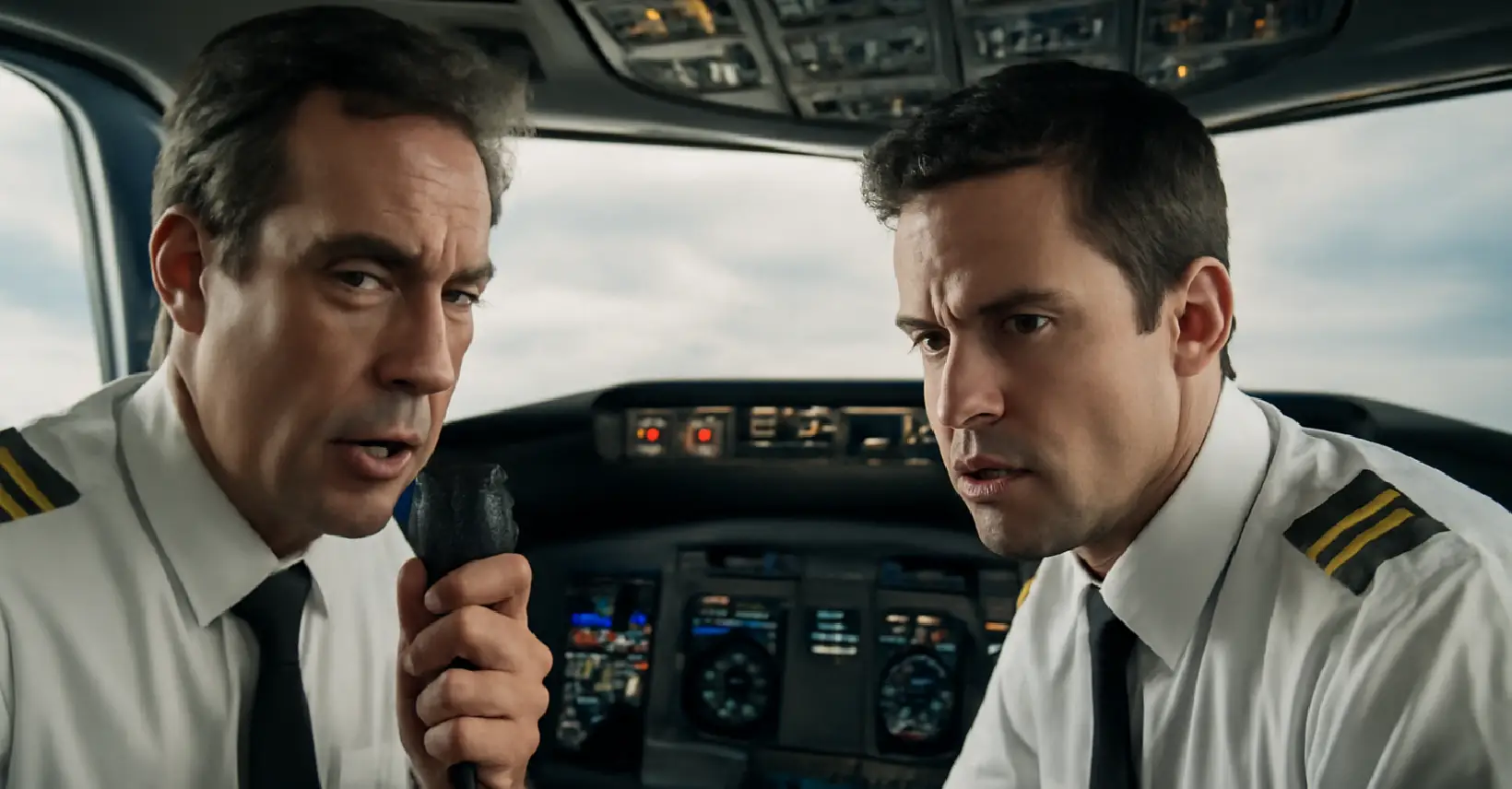In midair, United Airlines flight UA770 experienced an emergency diversion. Learn what caused the incident and how it was resolved.
Introduction
International news outlets, passengers, and aviation experts were all interested in the unexpected issue that resulted in a sudden diversion on United Airlines flight UA770 on a recent, supposedly normal flight. The plane crew and airport authorities took prompt action to address any issues that arose during the planned departure. This report provides detailed information on the events leading up to the emergency diversion of Flight UA770, passenger experiences, technical implications, and response protocols.
An overview of the itinerary and emergency diversion for United Airlines Flight UA770
United Airlines flight UA770 was scheduled to take off from Los Angeles International Airport (LAX) and land at Boston Logan International Airport (BOS) on the morning of the incident. More than 180 passengers and seven crew members were on board the Boeing 757-300. The airplane took off without any delays and climbed smoothly to cruise altitude.
However, after one hour and forty-five minutes into the flight, the pilots got a warning signal indicating a mechanical problem. In order to protect all passengers, the pilots decided to initiate emergency diversion procedures due to the urgency of the situation.
Cause and Timeline of Emergency Diversion
At around 33,000 feet, the warning systems in the cockpit identified a potential hydraulic pressure anomaly that could affect one of the aircraft’s flight control systems. Hydraulic systems regulate the aircraft’s flaps, brakes, and rudders. It is imperative to promptly address even a partial failure in this area.
Communication and Decision-Making in the Crew
Following protocol, the flight deck crew called Air Traffic Control (ATC) and declared an emergency. Denver International Airport (DEN), a major hub with long runways and highly qualified emergency response personnel, was the intentional choice made by the crew to divert the aircraft.
Declining & Landing
Within twenty minutes of the emergency diversion, United Airlines flight UA770 started a controlled descent and safely landed in Denver at approximately 10:22 a.m. local time. Emergency vehicles met the plane on the tarmac, but there was no need for an evacuation right away. The passengers maintained their composure because the cabin crew was able to communicate effectively.
Passengers’ Experiences and Reactions to the Emergency Diversion of United Airlines Flight UA770
Despite some little turbulence, passengers commended United Airlines’ professionalism and calmness during the flight UA770 emergency detour. Traveler Jennifer Mills described the captain’s announcement as follows:
He appeared calm and composed. “We were being too cautious, so we were diverting,” he added. That kept everyone calm.
When they saw emergency workers on standby, many passengers who had first expressed anxiety were instantly reassured. Refreshments were provided throughout the Denver delay, and all affected passengers received help with rebooking.
Examination and Study of Maintenance
After the aircraft was safely parked at the gate, it was immediately inspected by United Airlines’ technical team and FAA safety inspectors. Early indications pointed to the loss of hydraulic fluid in one of the three main systems, most likely due to an actuator seal failure. This loss might have gotten worse in midair, which would have justified the emergency detour, even though it was not catastrophic.
A closer look at the maintenance logs revealed that routine inspections were carried out prior to departure. The incident has triggered a fleet-wide analysis of similar components on additional United Airlines Boeing 757s.
Procedure for Rebooking and Airline Response to Emergency Diversion of United Airlines Flight UA770
The Emergency Response Protocols (ERP) of United Airlines were put into action. As backup transportation, the airline rebooked many passengers on later flights to Boston or offered accommodations in Denver when needed. In a statement, United emphasized:
“Safety is always our first priority. We appreciate our team’s quick response and our passengers’ cooperation and patience.
Affected passengers also received trip vouchers and frequent flyer points credits as a gesture of goodwill.
Participation of the NTSB and FAA
As is customary for any stated in-flight emergency, the National Transportation Safety Board (NTSB) and Federal Aviation Administration (FAA) launched a joint assessment even though no injuries were reported. For review, data from the cockpit voice recorder (CVR) and flight data recorder (FDR) were saved.
According to FAA officials’ first statements, the crew performed the diversion effectively and without needless danger, and they adhered exactly to standard operating standards.
The Background of In-Flight Entertainment Throughout History
Even though incidents like this one attract media attention, emergency diversions are common in commercial flying. Being careful is highly valued by airlines, and its flight crews undergo extensive training to handle such situations.
In the past year alone, there have been over 400 diversions in U.S. airspace, primarily due to weather-related delays, mechanical issues, or medical emergencies. The United Airlines flight UA770 emergency diversion stands noteworthy for the crew’s promptness and clarity in handling the situation.
The aircraft’s condition and return to service
Following repairs and permission from United’s technical operations center, the affected aircraft remained grounded for 48 hours. After completing successful ground and flight testing, it was given the all-clear to return to operational duties.
United Airlines’ proactive approach, which ensures that their fleet conforms with FAA and Boeing regulations, demonstrates their commitment to aviation safety standards.
Public and Media Reaction to the Emergency Diversion of United Airlines Flight UA770
Even though the incident was reported by national media outlets, most of them gave the airline high marks for transparency and crisis management. Aviation experts commended the precautionary detour and noted that crew discipline and training were displayed throughout the event.
In other responses posted on social media, passengers also conveyed their gratitude, highlighting the pilot’s informative briefings and the cabin crew’s guarantees.
Conclusion
The United Airlines flight UA770 emergency diversion serves as a stark warning that even the most routine flights can encounter unforeseen difficulties. Thankfully, the professionalism of the crew and the quick response of ground teams ensure everyone’s safety. Despite being rare, diversions serve as a reminder of the need for aviation readiness. Despite the unexpected landing, the passengers arrived safely, and safety is always the top priority in aviation.






